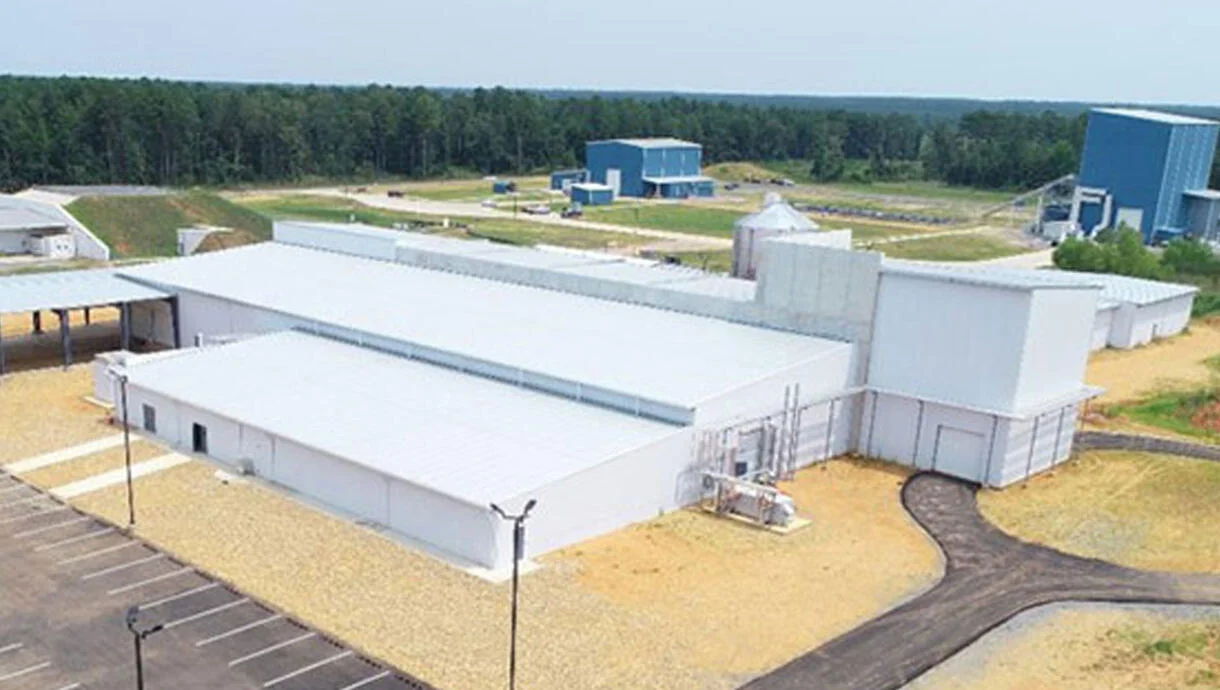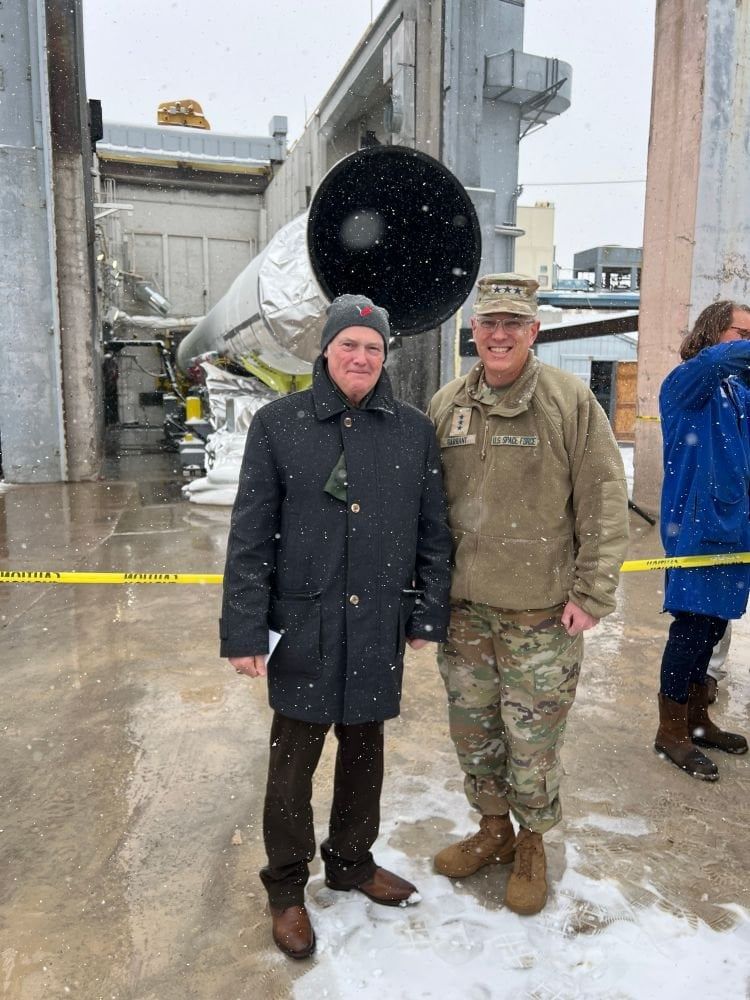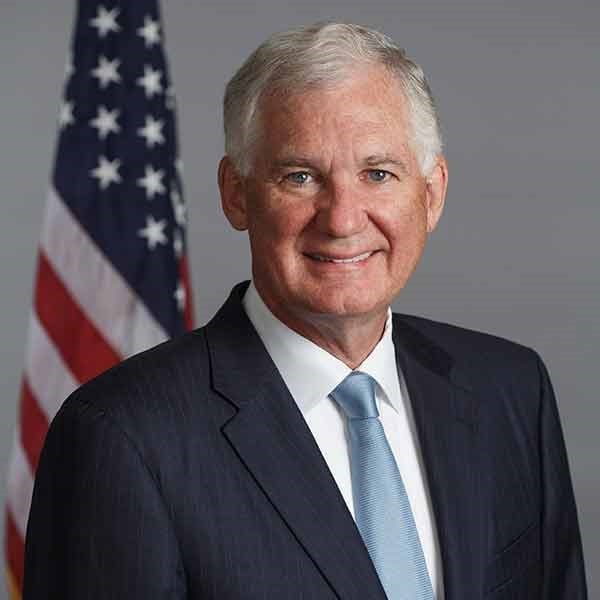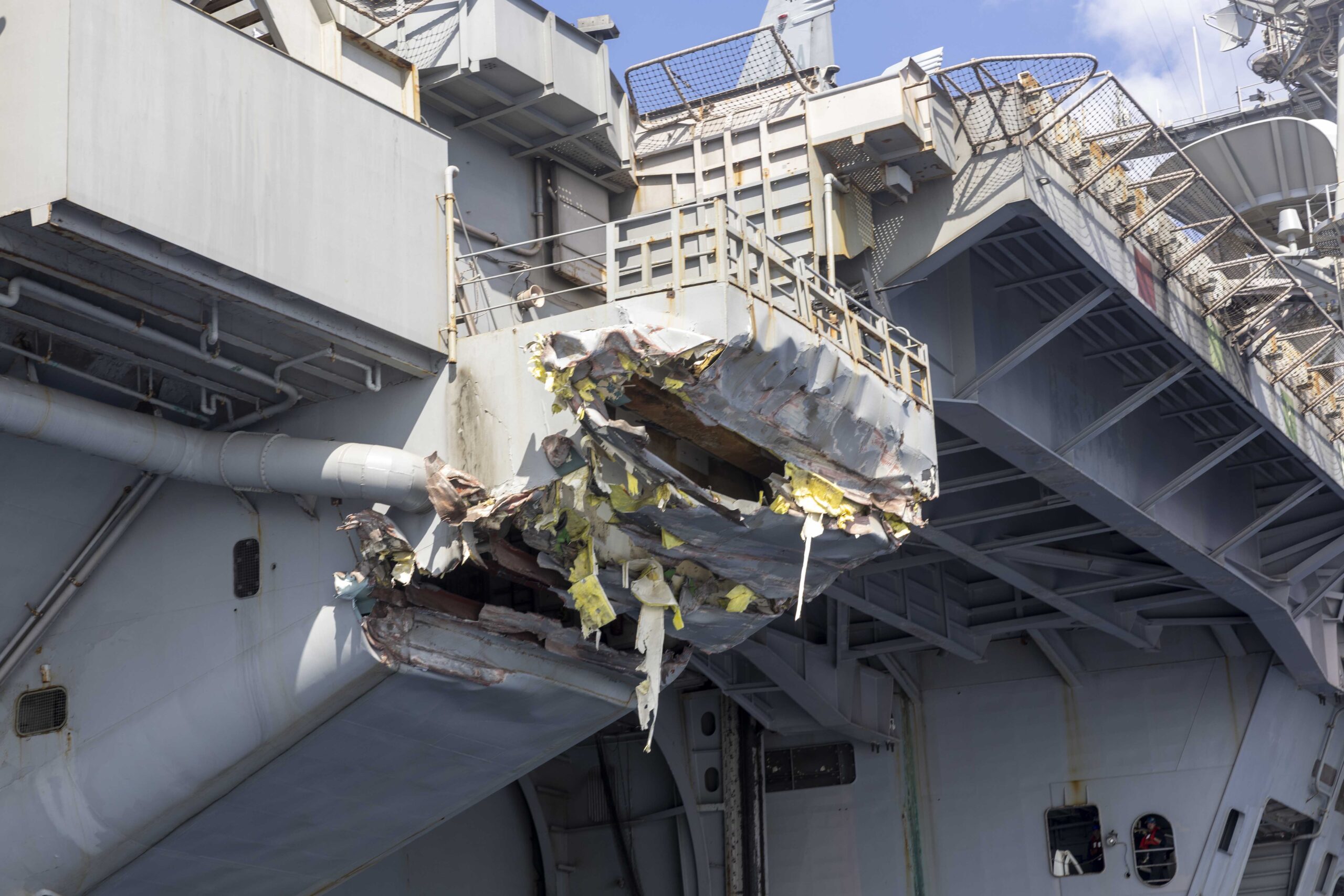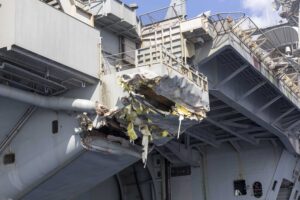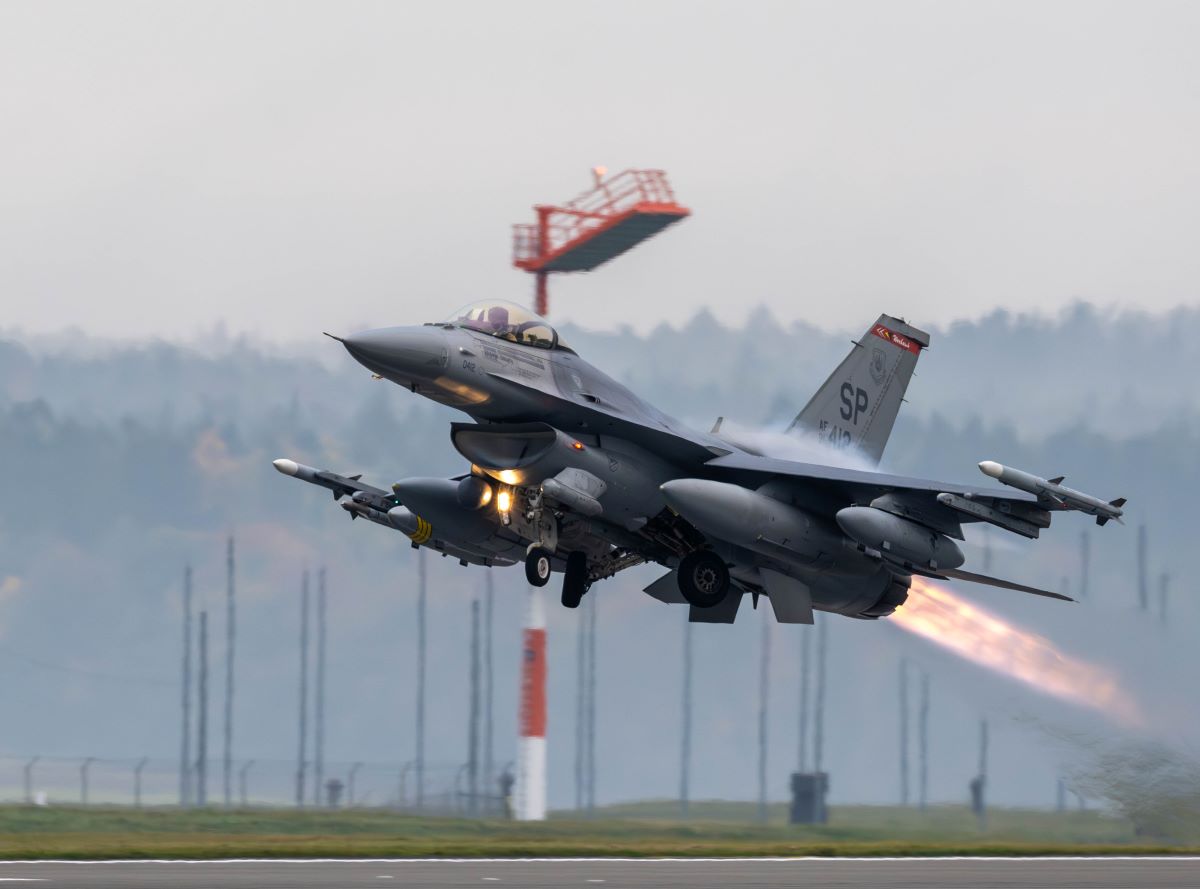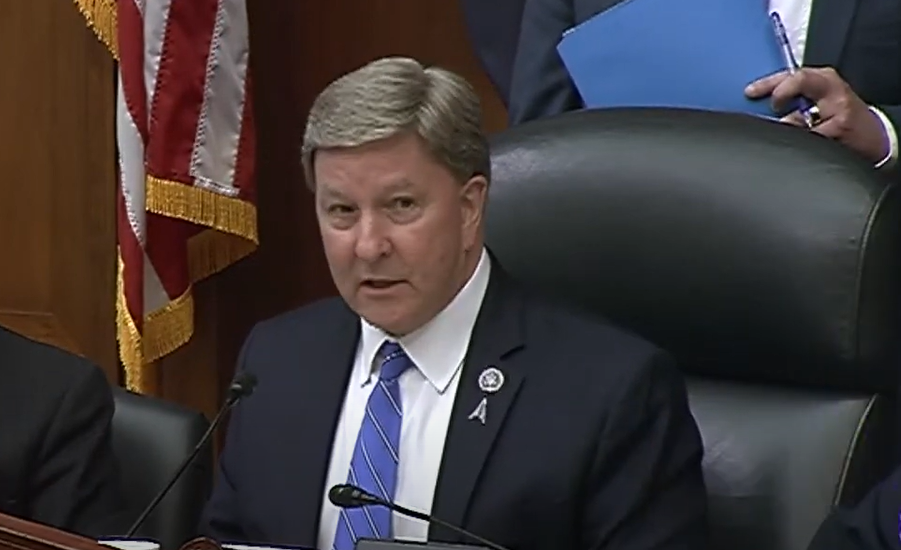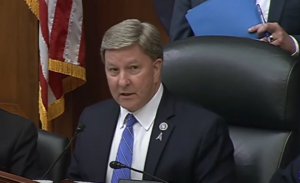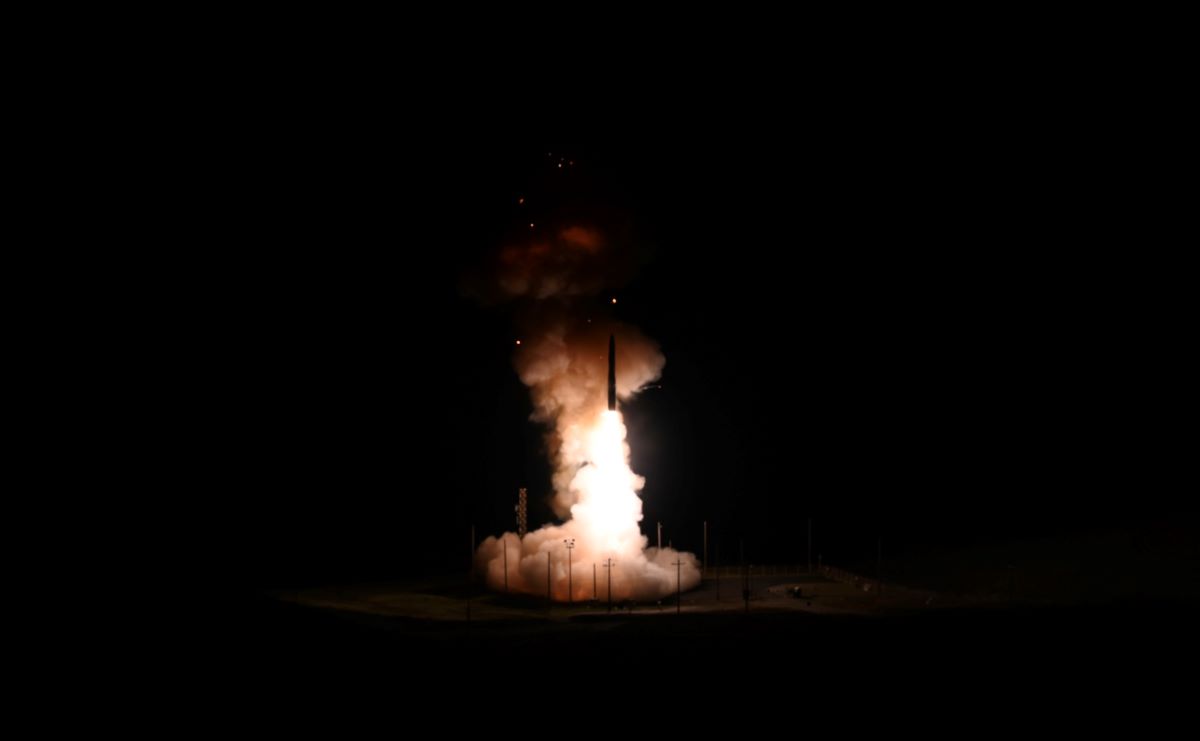L3Harris Technologies [LHX] on Thursday broke ground on four new solid rocket motor (SRM) facilities at the company’s site in Camden, Ark., taking advantage of a Defense Department award made nearly two years ago to increase production and throughput of propulsion systems for key missiles.
One new 60,000 square foot facility will centralize production of rocket motors for the Guided Multiple Launch Rocket System (GMLRS) built by Lockheed Martin
[LMT] for the Army. GMLRS are rocket-powered medium and long-range artillery projectiles used for precision strike.
Housing SRM production for GMLRS rocket motors in a single building will reduce by 80 percent the distance the motors travel during manufacturing, L3Harris said.
The three other new facilities include a dedicated mixer building, and grinder and compressor operations to increase propellant capacity in support of different DoD missile programs.
Funding for the expansion comes from a $215.6 million award made in April 2023 by the Defense Department’s Office of Manufacturing Capability Expansion and Investment Prioritization for the company to expand SRM production as a result of the heavy use of rocket-powered missiles in Ukraine’s war against Russia (Defense Daily, April 14, 2023).
L3Harris is also using the Defense Production Act (DPA) funds to expand and modernize rocket motor facilities in Orange County, Va., and Huntsville, Ala.
DoD said at the time of the award the funds would be used to increase and speed production of motors for GMLRS, and Javelin anti-armor and Stinger anti-aircraft missiles. The funds are also being put toward new production equipment, and systems to process data.
Northrop Grumman [NOC] also supplies SRMs for GMLRS. General Dynamics [GD] is in the early stages of developing SRMs for GMLRS (Defense Daily, Aug. 13, 2024).
L3Harris has already spent some of the funds on tooling, equipment, construction, facility design, and digital transformation, it said. The new tooling and equipment have already helped boost motor production.
The DPA funds were part of the $40.1 billion Additional Ukraine Supplemental Appropriations Act (H.R. 7691) the former Biden administration and Congress agreed to in May 2022 as an emergency response to Russia’s unprovoked and illegal invasion of Ukraine that February.
“Expanding solid rocket motor production in Arkansas is a strategic investment in our nation’s security at a time when defense and deterrence are increasingly critical on the global stage,” Ken Bedingfield, chief financial officer of L3Harris and president of its Aerojet Rocketdyne segment, said in a statement. “Our propulsion is a key enabler of the “Arsenal of Democracy 2.0, and L3Harris is committed to ramping up production to support the defense of our nation, its allies and partners.”
